Filter by

The Neuropathology of Huntington’s Disease: Classical Findings, Recent Deve…
This monograph describes the progress in neuropathological HD research made during the last century, the neuropathological hallmarks of HD and their pathogenic relevance. Starting with the initial descriptions of the progressive degeneration of the striatum as one of the key events in HD, the worldwide practiced Vonsattel HD grading system of striatal neurodegeneration will be outlined. Correla…
- Edition
- -
- ISBN/ISSN
- 978-3-319-19285-7
- Collation
- XIV, 146
- Series Title
- Advances in Anatomy, Embryology and Cell Biology
- Call Number
- -
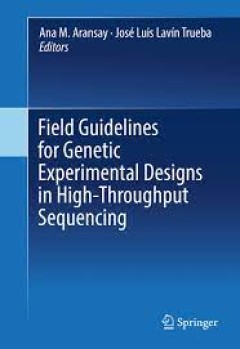
Field Guidelines for Genetic Experimental Designs in High-Throughput Sequencing
- Edition
- -
- ISBN/ISSN
- 978-3-319-31350-4
- Collation
- XI, 399
- Series Title
- -
- Call Number
- -
- Edition
- -
- ISBN/ISSN
- 978-3-319-31350-4
- Collation
- XI, 399
- Series Title
- -
- Call Number
- -
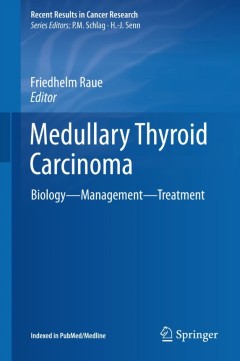
Medullary Thyroid Carcinoma
This book offers a comprehensive overview of medullary thyroid carcinoma, both in the more common sporadic form and in the familial form, multiple endocrine neoplasia (MEN) types 2A and 2B. The coverage includes, but is not limited to, molecular biology and genetics, pathology, clinical presentation, imaging techniques, surgical treatment, and follow-up. The role of calcitonin as a highly sensi…
- Edition
- 1
- ISBN/ISSN
- 978-3-319-22541-8
- Collation
- -
- Series Title
- Recent Results in Cancer Research
- Call Number
- VIII, 249

Familial Mediterranean Fever
This book, written by very well known opinion leaders in the field, covers all aspects of familial Mediterranean fever, the most common monogenic autoinflammatory disease. The opening chapters explain the genetic basis of the disease and provide insights into the pathogenesis derived from recent experimental studies. A large part of the book is then devoted to a detailed description of the typi…
- Edition
- -
- ISBN/ISSN
- 978-3-319-14615-7
- Collation
- VII, 162
- Series Title
- -
- Call Number
- -
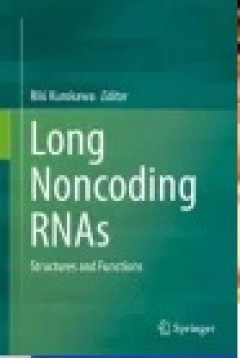
Long Noncoding RNAs: Structures and Functions
This book presents a common principle of actions of long noncoding RNAs (lncRNAs) from points of view at the atomic, molecular and cellular levels. At the atomic level, chemical studies of ribonucleic acids explain the chemical behavior of lncRNAs. Structural biological analysis of lncRNAs and its binding proteins also reveal the precise mechanisms of their actions. Molecular biological approac…
- Edition
- -
- ISBN/ISSN
- 978-4-431-55576-6
- Collation
- -
- Series Title
- -
- Call Number
- -
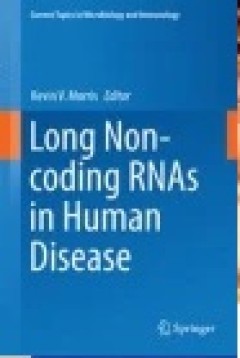
Long Non-coding RNAs in Human Disease
This volume focuses on the roles of long non-coding RNAs (lncRNAs) in contexts ranging from human cancers to cardiovascular disease and ageing. The role of lncRNAs in X-inactivation and those lncRNAs derived from pseudogenes, past retroelements integrated within the human genome, as well as the role these pseudogene-derived lncRNAs play in cancer development are discussed in detail. Further, th…
- Edition
- -
- ISBN/ISSN
- 978-3-319-23907-1
- Collation
- -
- Series Title
- -
- Call Number
- -
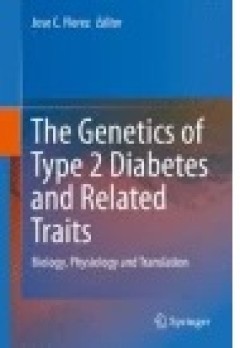
The Genetics of Type 2 Diabetes and Related Traits
The first section explores genome-wide association studies, the extension of this method to less accessible phenotypes and the arrival of next-generation sequencing. A further section goes beyond genetics to illustrate how other data sources can help interpret genetic data, such as leveraging population diversity, the correlation of genetic associations with physiological measurements, gene exp…
- Edition
- -
- ISBN/ISSN
- 978-3-319-01574-3
- Collation
- XI, 576
- Series Title
- -
- Call Number
- -

How Science Works: Evolution:The Nature of Science & The Science of Nature
Evolution is just a theory, isn’t it? What is a scientific theory anyway? Don’t scientists prove things? What is the difference between a fact, a hypothesis and a theory in science? How does scientific thinking differ from religious thinking? Why are most leading scientists atheists? Are science and religion compatible? Why are there so many different religious beliefs but only one science?…
- Edition
- -
- ISBN/ISSN
- 978-94-017-7747-6
- Collation
- XXI, 160
- Series Title
- -
- Call Number
- 610 ELL h
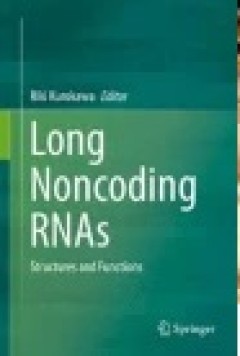
Long Noncoding RNAs: Structures and Functions
This book presents a common principle of actions of long noncoding RNAs (lncRNAs) from points of view at the atomic, molecular and cellular levels. At the atomic level, chemical studies of ribonucleic acids explain the chemical behavior of lncRNAs. Structural biological analysis of lncRNAs and its binding proteins also reveal the precise mechanisms of their actions. Molecular biological approac…
- Edition
- -
- ISBN/ISSN
- 978-4-431-55576-6
- Collation
- -
- Series Title
- -
- Call Number
- -
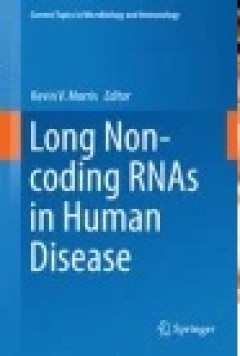
Long Non-coding RNAs in Human Disease
This volume focuses on the roles of long non-coding RNAs (lncRNAs) in contexts ranging from human cancers to cardiovascular disease and ageing. The role of lncRNAs in X-inactivation and those lncRNAs derived from pseudogenes, past retroelements integrated within the human genome, as well as the role these pseudogene-derived lncRNAs play in cancer development are discussed in detail. Further, th…
- Edition
- -
- ISBN/ISSN
- 978-3-319-23907-1
- Collation
- -
- Series Title
- -
- Call Number
- -
 Computer Science, Information & General Works
Computer Science, Information & General Works  Philosophy & Psychology
Philosophy & Psychology  Religion
Religion  Social Sciences
Social Sciences  Language
Language  Pure Science
Pure Science  Applied Sciences
Applied Sciences  Art & Recreation
Art & Recreation  Literature
Literature  History & Geography
History & Geography